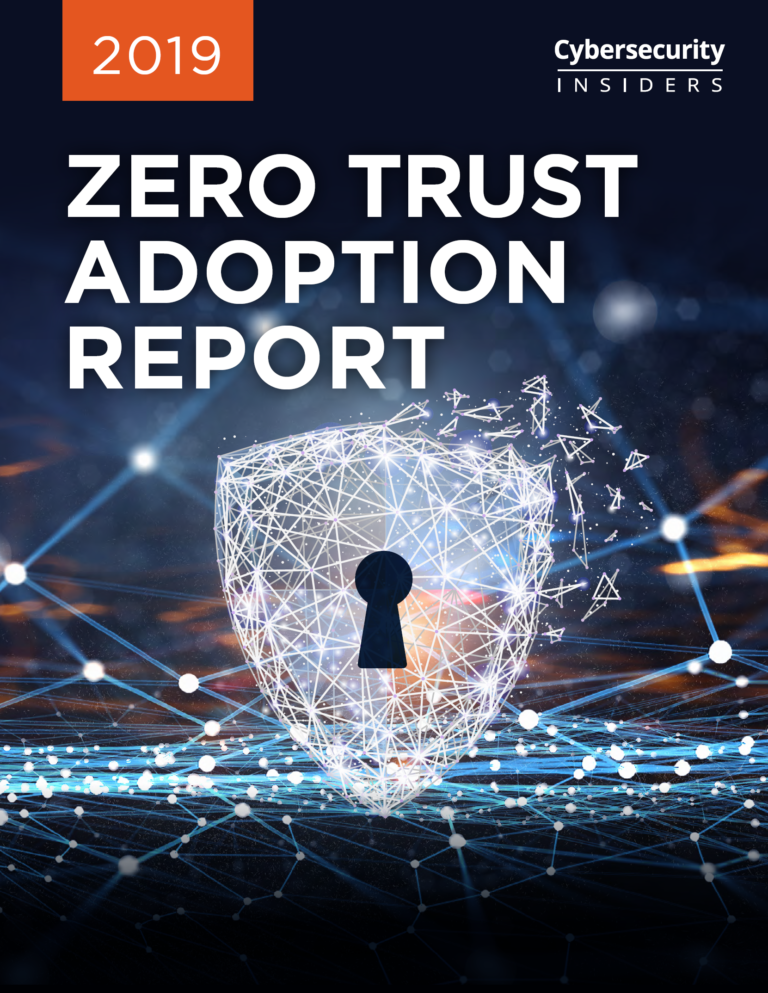Download the 2019 Zero Trust Adoption Report by completing the form on the right.
Zero Trust is rapidly gaining popularity as a new security model that provides least-privilege access to private apps based on contextual controls (user, device, apps, etc.). To enable this, many teams are adopting modern cloud-first technologies that can replace traditional infrastructure, like VPN and DMZs.
The 2019 Zero Trust Adoption Report reveals the value of zero trust to organizations by enabling businesses to remain secure as they move apps to public cloud and support an increasingly mobile workforce, providing a better user experience, greater visibility while minimizing risk.
Key Takeaways:
- Seventy-eight percent of IT security teams are looking to embrace zero trust network access in the future. 19% are actively implementing zero trust, and 15% already have zero trust in place. At the same time, about half of enterprise IT security teams (47%) lack confidence in their ability to provide zero trust with their current security technology.
- The highest security priority for application access is privileged account management of
users and multi-factor authentication (68%). This is followed by detection of, and response to, anomalous activity (61%) and securing access from personal, unmanaged devices (57%). - Sixty-two percent of organizations say their biggest application security challenge is securing access to private apps that are distributed across datacenter and cloud environments. This is followed by minimizing exposure of private apps to the internet (50%), tied with gaining visibility into user activity (50%).
- When asked about the benefits of zero trust, two-thirds of IT security professionals (66%)
say they are most excited about zero trust’s ability to deliver least privilege access to protect private apps. This is followed by apps no longer being exposed to unauthorized users or the Internet (55%), and access to private apps no longer requiring network access (44%).
We hope you’ll find this report informative and helpful as you continue your efforts
in protecting your IT environments.

















